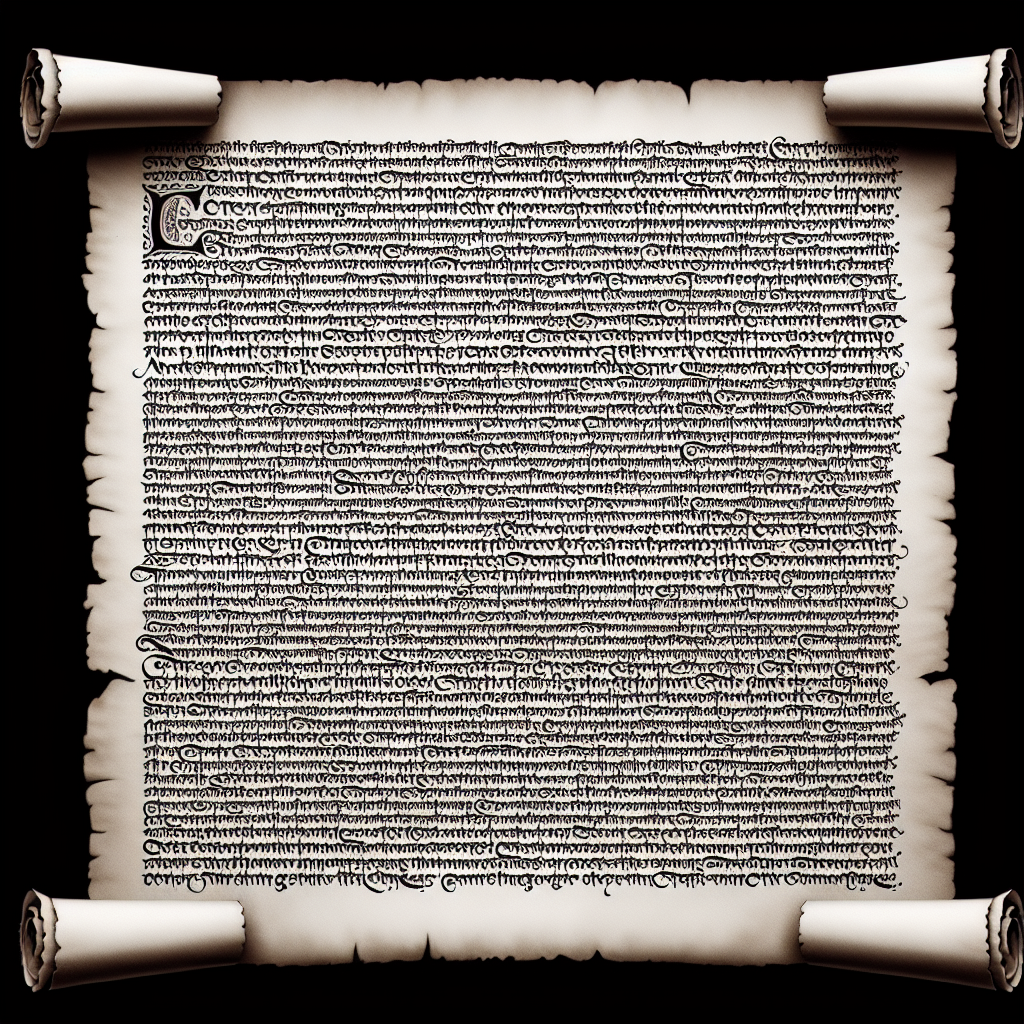Irrespective of who you are or where you’re from, it is human nature to appreciate beauty in all its forms. Art, music, nature, all these elicit a response from us. Nature, in particular, weaves fascinating tapestry and one of the most divine spectacles woven by nature is the Aurora Borealis.
Known alternatively as the Northern Lights, the Aurora Borealis is a naturally occurring light display primarily seen in the polar regions. These stunning showcases of light are typically green, but can also showcase colors like red, yellow, blue and violet.
So what exactly causes this fascinating phenomenon? It essentially boils down to collisions between the electrons from the sun and the gaseous particles of our planet. When these charged particles collide with Earth’s magnetic field, they generate energy, which, in turn, causes these brilliant radiant displays.
Scientists have found that Aurora Borealis occur in a ring-shaped zone over the magnetic poles, also known as the auroral zone. The auroral activities are cyclic, rising and falling over an 11-year period. However, the best time to watch this celestial ballet is during the equinoxes in March and September.
Besides the scientific explanation, various cultures have their own interpretations of these lights. The Cree Indians believed that the auroras were the spirits of their ancestors dancing in the night sky. In Norse mythology, it was considered to be a bridge of fire to the gods. Finnish folklore saw it as a fire fox running across the sky.
Spotting the Aurora Borealis isn’t always easy. Ideal viewing conditions require a combination of dark and clear skies with minimal light pollution. Popular spots to observe this stunning spectacle include Norway, Finland, Canada, and Alaska. Each location providing a unique frame to nature’s own light show.
Watching the Aurora Borealis, people often report feeling a sense of wonder and awe. The vibrant colors dancing across the sky, creating patterns that feels almost otherworldly. For a brief moment, it makes you forget everything else, letting you lose yourself in the undulating lights.
In today’s age where technology largely dictates our lives, it is comforting to remember that there exist few experiences that are unadulterated by man-made interventions. The Aurora Borealis is one such spectacle that continues to be as enchanting and mysterious as ever.
It enlivens our senses, reminding us to appreciate the world outside our screens. Such natural phenomenons are not just beautiful, but they also help us reconnect with our primal roots. The dancing lights indeed pose an enchanting spectacle, but deeper than that, they act as the strings that establish our connections to the universe.
So if you’re ever offered a chance to witness the Aurora Borealis, grab it without hesitation. For once observed, the memory of those extraordinary lights will become an enduring part of your being, a permanent reflection of life’s magnificence. The allure of the Aurora Borealis stands undeniable, a silent testament to the mysterious and grand symphony of nature.
It is unarguably one of the most spectacular sights one can ever witness, a magical explosion of colors painting the night sky. It’s a reminder of how truly magnificent nature can be, a burst of spectacular shades that bear the potential to leave one awestruck with its beauty. Beyond the intrigue and the scientific explanations it draws, stands the simple truth – the Aurora Borealis is nature’s poetry written in the sky.
As we unravel the mysteries behind nature’s facets, we do so with an understanding that the joy derived from these spectacles ultimately lies not in the comprehension, but in the act of witnessing. The Aurora Borealis, like the world’s most sacred phenomena unfolds in silence, filling the night’s canvas with a hundred hues, and inviting humanity to stand still, if only for a moment, to appreciate, gaze, and wonder. The enchantment of the Aurora Borealis glows undimmed in its ethereal grandeur, preserving the childlike wonder in us all.

Leave a Reply